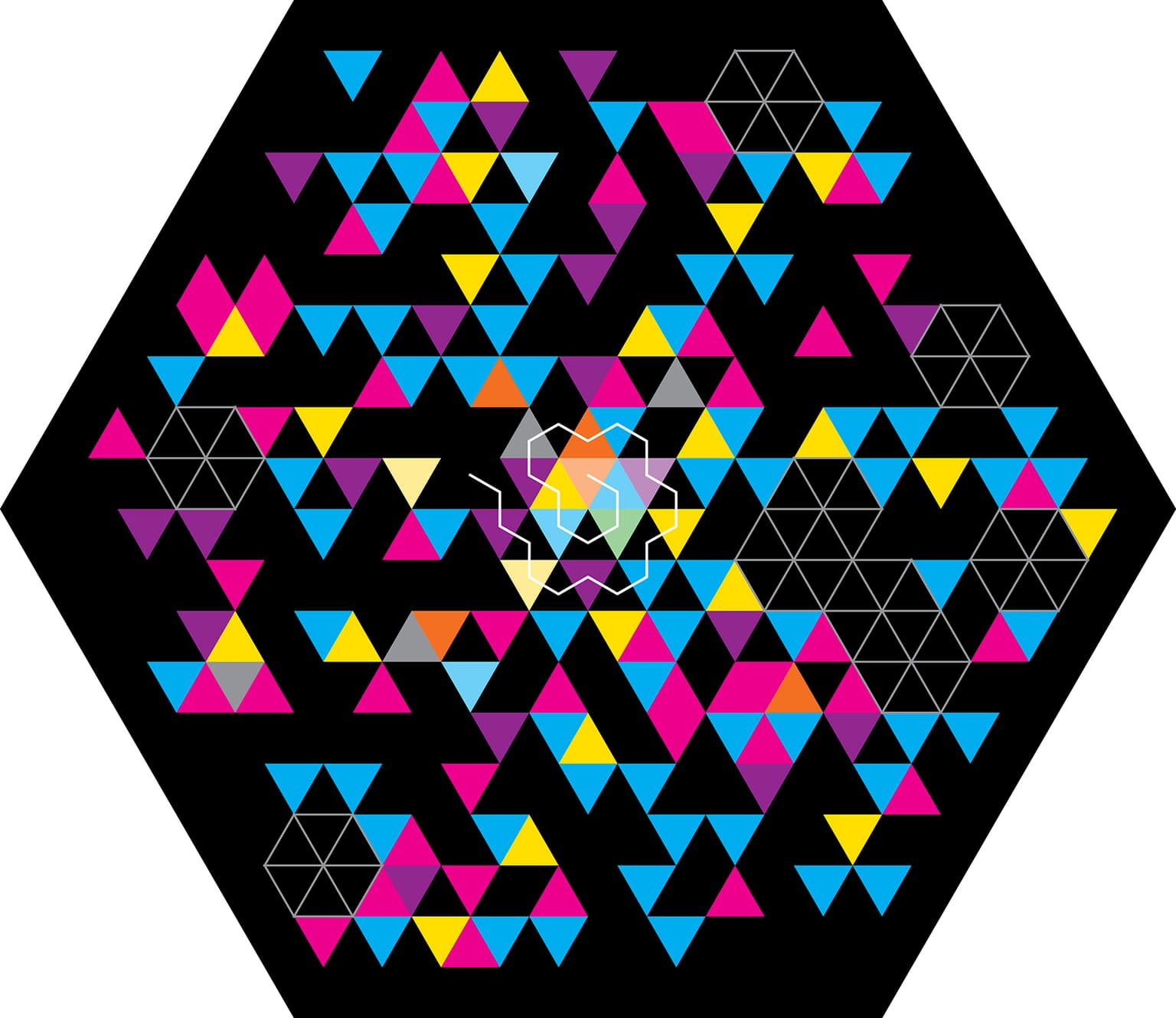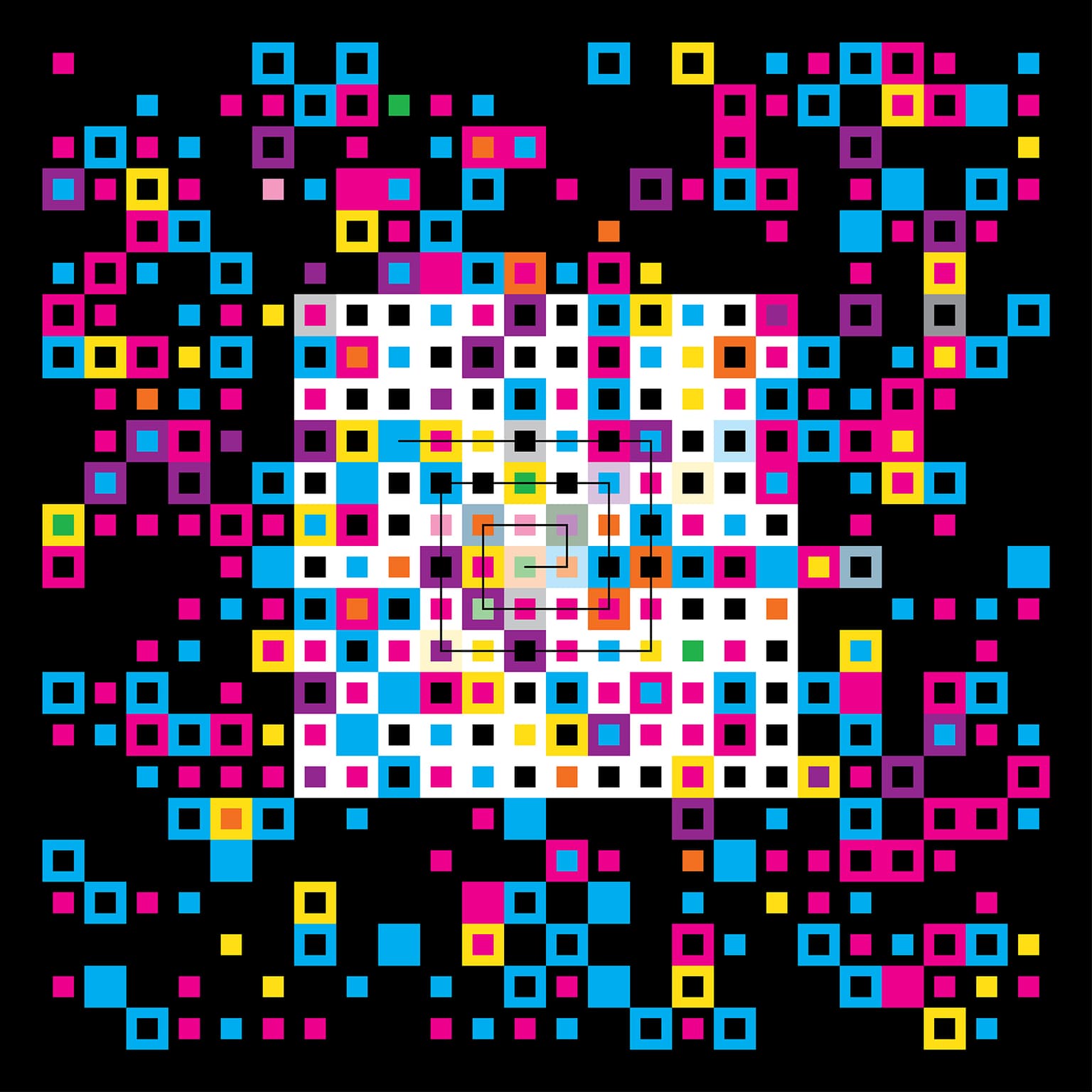Margaret Kepner
Artists
Margaret Kepner
Independent Artist
Washington, District of Columbia, USA
Statement
I enjoy exploring the possibilities for conveying ideas in new ways, primarily visually. I have a background in mathematics, which provides me with a never-ending supply of subject matter. My lifelong interest in art gives me a vocabulary and references to utilize in my work. I enjoy expressing mathematical concepts through attributes such as color, geometric forms, and patterns. One topic I have explored recently is integer sequences -- their distributions, rhythms, and overlaps. When these sequences are displayed in different formats, interesting relationships are revealed.
Artworks

Sequences on a Triangular Grid - 486
50 x 50 cm
Archival Inkjet Print
2019
A spiral path traced out on a triangular grid provides the underlying structure for this piece. The path moves outward from a central triangle assigned the value 1, culminating with a triangle at the far left representing 486. Each triangle is colored according to its membership in various number sequences: primes (cyan), happy numbers (magenta), and triangular numbers (yellow). Integers occurring in more than one of these sequences result in mixed hues (orange, green, or purple). The Fibonacci numbers appear as transparent white triangles layered on top. As the crinkly path wends its way outward, nested hexagonal groupings of triangles are created. Interesting patterns emerge including several sparse areas and a yellow “spiral galaxy.”

Sequences on a Square Grid - 576
50 x 50 cm
Archival Inkjet Print
2019
This work is a visual extension of the idea behind Ulam’s Spiral of Primes. The squares in a grid are numbered sequentially beginning with 1 at the center and continuing outward along a square spiral path to 576. A square is colored cyan if it is prime, magenta if it is a happy number, and yellow if it is a triangular number. For integers belonging to more than one sequence, a blended color is used. Thus, the square for 7, a happy prime, is colored purple (magenta + cyan). A secondary grid of smaller squares is color-coded according to a different set of integer sequences, and placed on top of the first one. The white square highlights a sub-table of the integers up to 256, and also echoes the smaller nested squares in the composition.